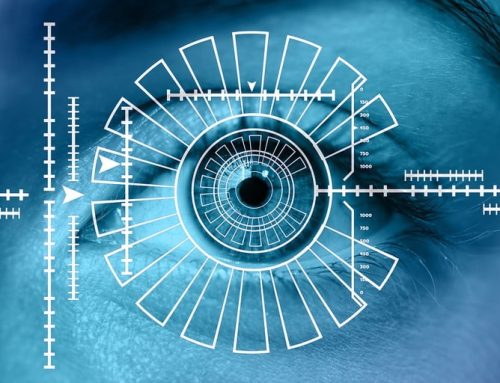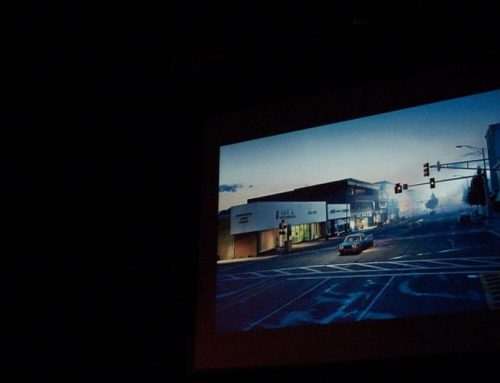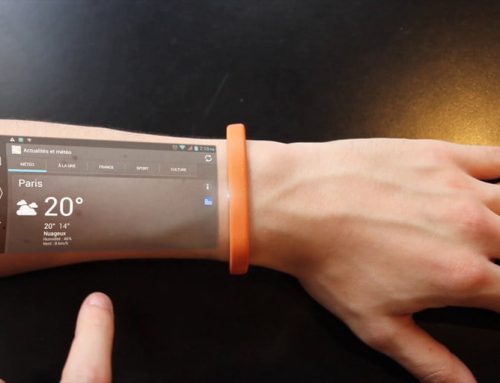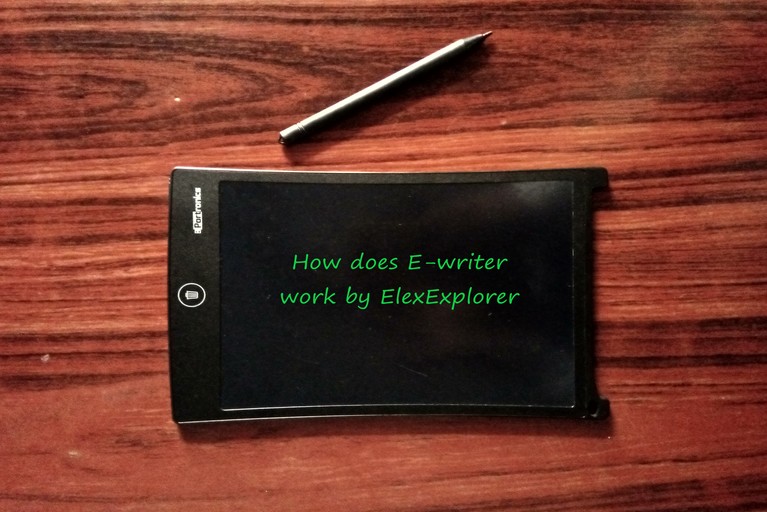
Going paperless is becoming still challenging in the electronic era. Why it is still not practicable to do that. One of the possible reasons for paper sticking around a very long time, even after developed computers, tablets, smartphones, is that it is handy and changeable. However typing up a document on a computer system and storing it electronically is easier, whereas simple tasks like taking notes or filling out forms seem to be easier with paper. That is an interfacing point between electronic medium and paper where E-writer comes into role.
What is E-writer?
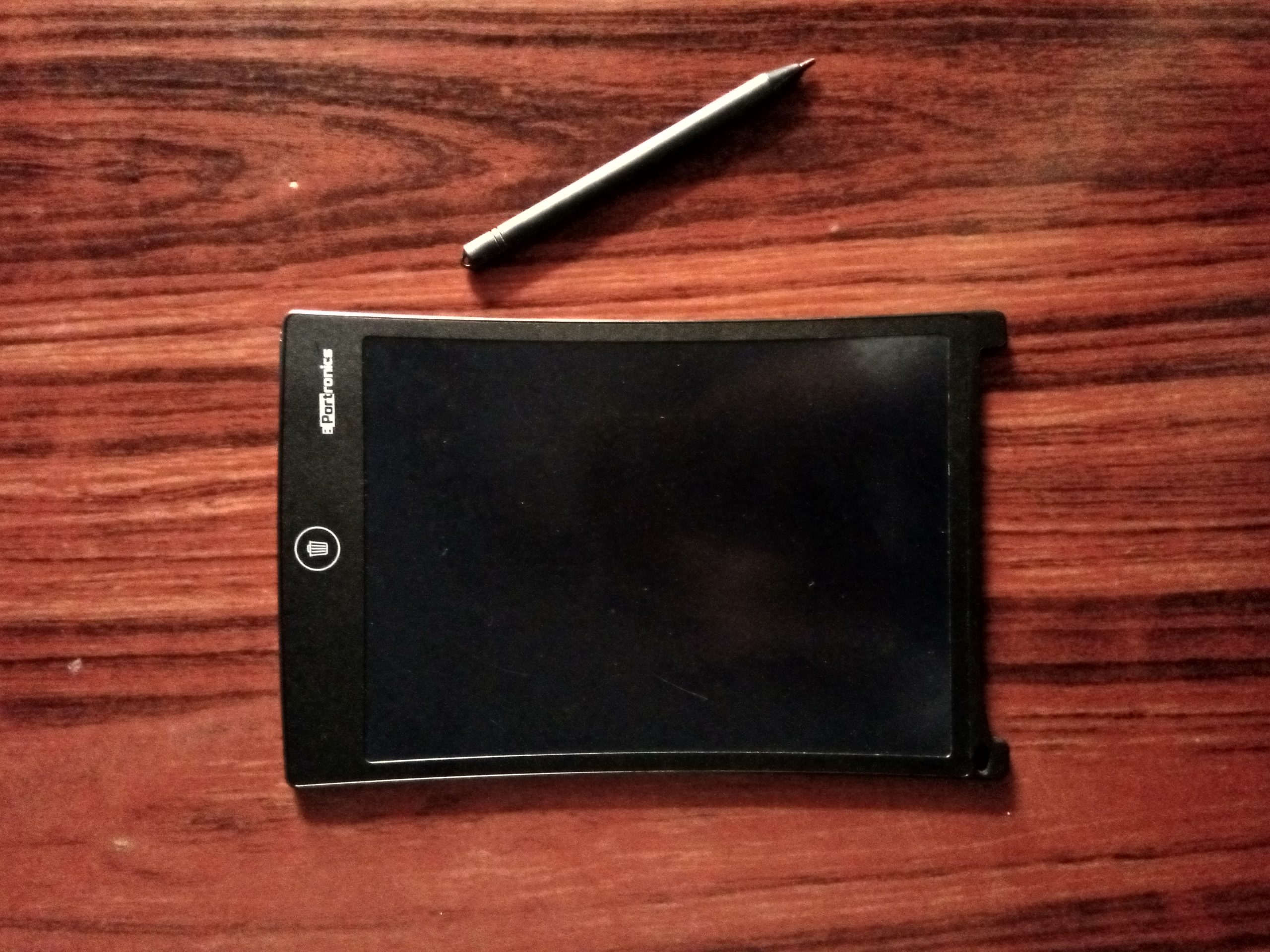
E-writer
A typical E-writer is a device upon which you can put down notes by writing on its screen. On the type of its screen, you can write by using a stylus or you may use your finger. Now a day’s E-writers have handwriting recognition software to improve their experience.
This is not a new idea, but it’s taken some time for technological advancement to make sufficiently enough devices to become paperless.
Types of E-writer:
In the present technological era, different E-writers are present. Dedicated E-writers may not have multi features beyond allowing you to take notes or fill out forms. E-writers are mainly segregated based on their touch-screen of the display.
- Resistive E-writer
- Capacitive E-writer
Resistive E-writer:
Here resistive type touch-screen is being used. It detects touch through applied pressure by finger or stylus. In the Resistive Touch Screen top layer is made of ‘Polyethylene’ (PET) and a rigid bottom layer made of glass. These two layers are coated with a conducting compound known as ‘Indium Tin Oxide’ (ITO) and then spaced with a spacer. When someone touches the surface, the flexible screen presses down and touches the bottom layer – just like pressing a keyboard. A programmed chip inside the screen determines the coordinates of the place you touch by finger or stylus.
Most of the E-writers are resistive types.
Capacitive E-writer:
These E-writers are using the capacitive touch-screen. A capacitive touch-screen does not detect pressure. Whereas it detects variation in an electric field whenever a charged conductive material makes contact with the touch-screen. The charge conducting material maybe your finger. Even the mild touch on a capacitive touch-screen will cause variation in an electric field.
To know more about touch screens click here.
E-writer conserves battery life and power consumption. It all depends on the structure of the LCD (Liquid Crystal Display). In resistive type E-writer, the display has layers of electrodes with a layer of liquid crystals sandwiched between them. The liquid crystal appearance changes depending on how they are aligned within the layers. Generally, liquid crystals are transparent. But when you apply pressure on the resistive type E-writer, the gap between the electrodes decreases and the liquid crystals flow into a new alignment, becoming reflective. When you put a dark background behind the screen and write some words by putting pressure on the touch-screen by using your finger or stylus, the liquid crystal alignment changes and it writes on the reflective layer.
In basic E-writers, you consume its battery power in two cases, either when you start its screen or you want to erase its screen. These two operations are rearranging the liquid crystal alignment.
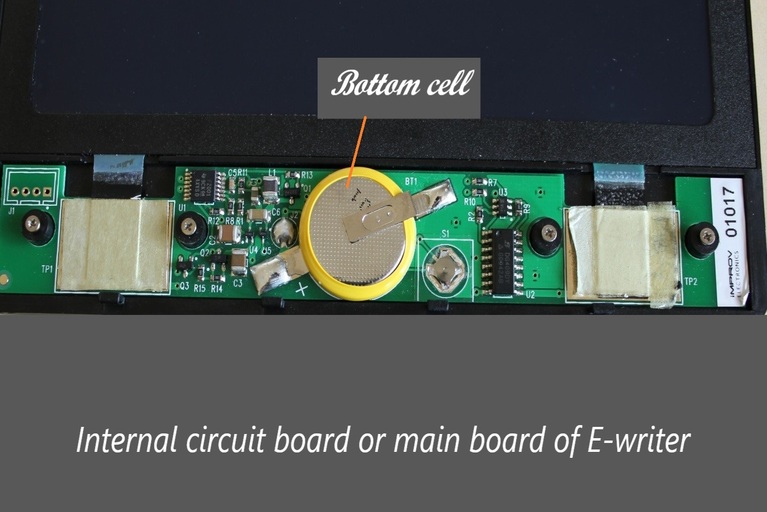
E-writer by ElexExplorer
Internal units of E-writer:
It contains some units to perform its operation. Let’s explore it:
- Microprocessor in E-writer
- Memory in E-writer
- The battery of E-writer
Microprocessor in E-writer:
It is the brain of E-writer and its type mainly depends on the make, model, feature, and manufacturer. The requirements of the microprocessor in any mobile device are compact design and high efficiency. During its work, the microprocessor generates heat. Too much heat can cause electronics components to malfunction. Good and efficient microprocessors generate a small amount of heat.
Memory in E-writer:
Memory is an essential element in E-writer. It is responsible to store written information. Solid-state memory chips or flash memory chips provide storage facilities in E-writers. Some of the E-writers may allow removable memory whereas some of them have inbuilt memory.
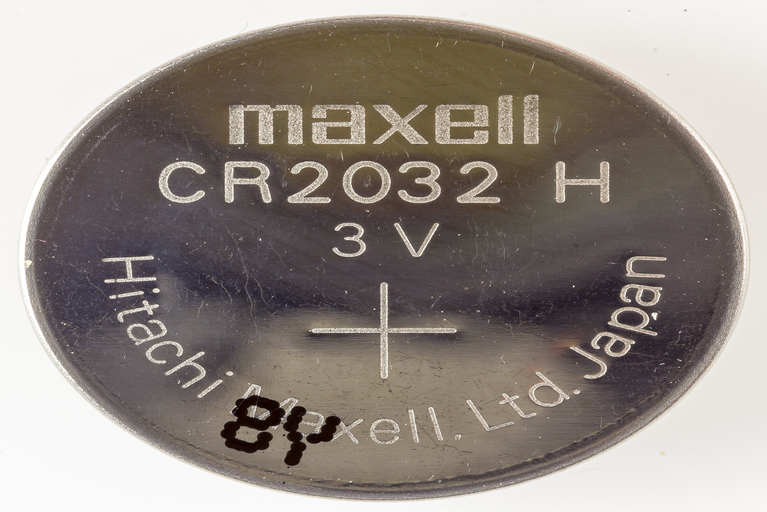
Button cell for E-writers
The battery of E-writer:
We have already discussed the use of batteries in E-writer. Power consumption in E-writer occurs during two scenarios. In the first case when you start its screen and in the second case when you want to erase its screen.
Also in an E-writer’s battery life depends on many factors, including the type of processor it has, the type of its touch screen interfaces, and many other used electronics components in this gadgets. Most of the E-writers use bottom-type batteries.
Thanks for reading. See you soon with another exploration!

